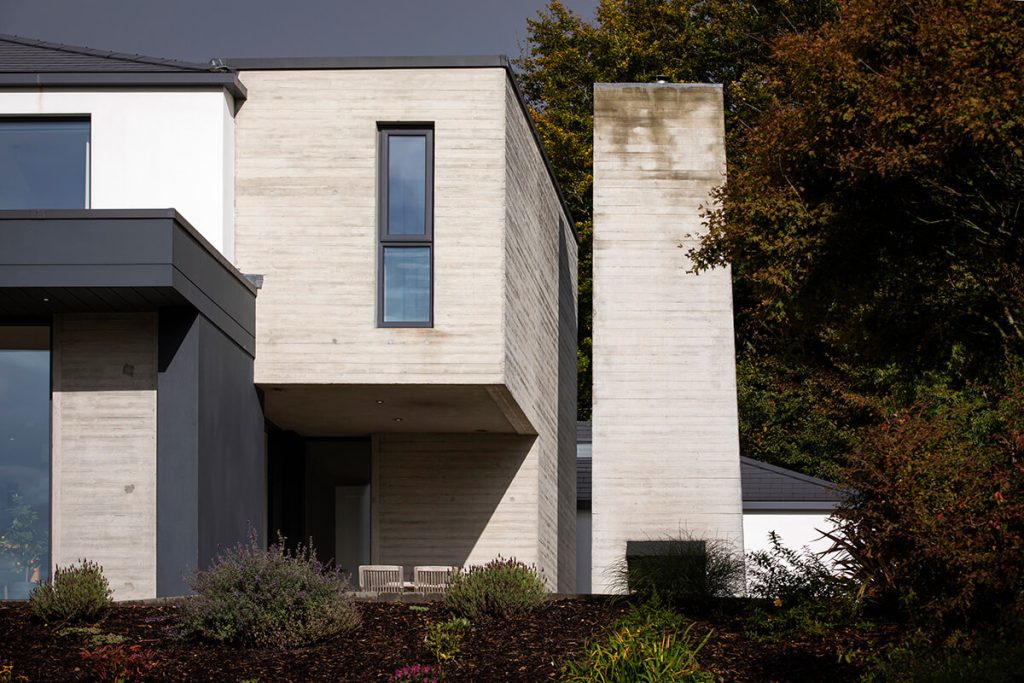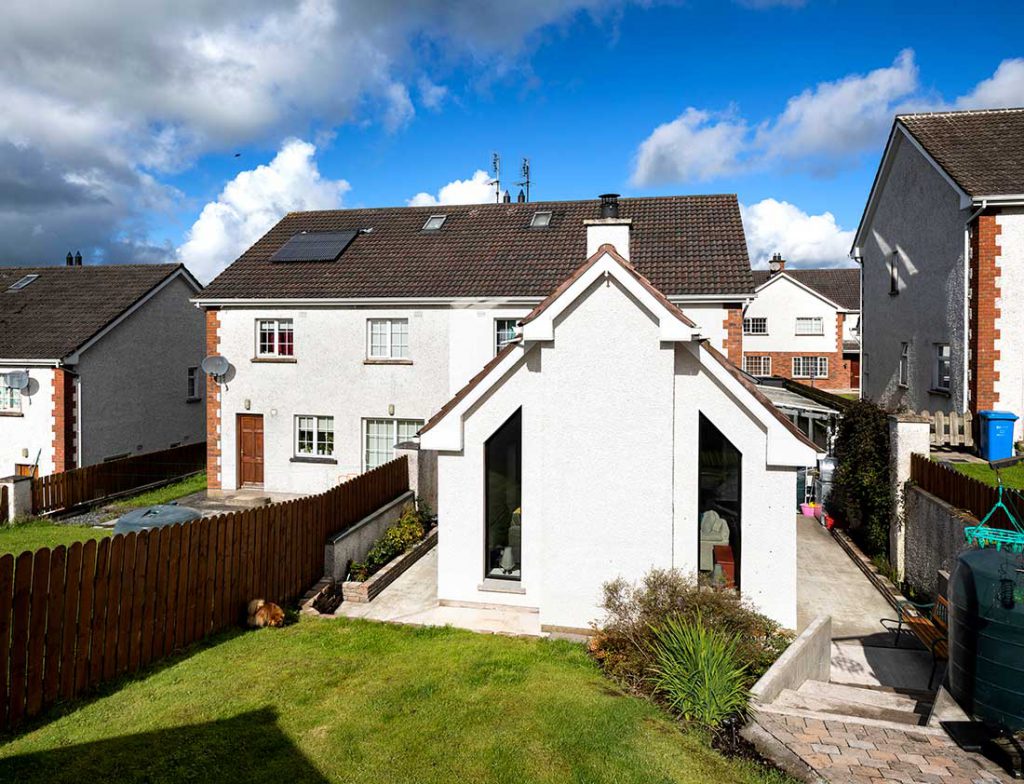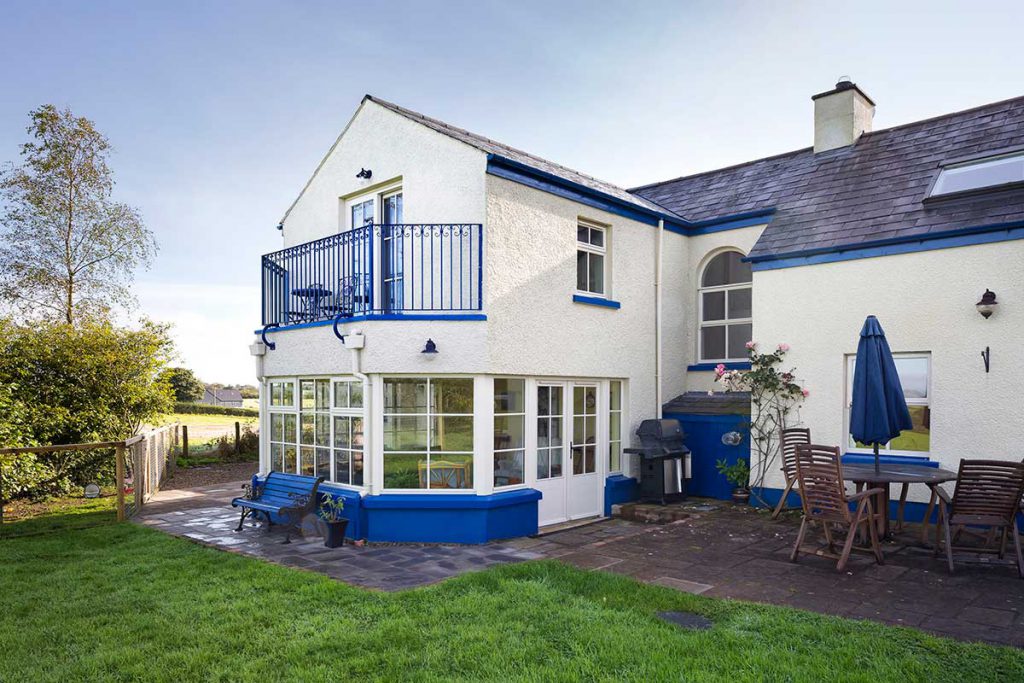Expanding your home with an extension is an exciting project, and the key to success is smart and practical design. In this easy-to-follow guide, we’ll break down the process of designing your home extension into simple steps. Whether you’re planning a small addition or a big extension, you’ll be ready to get started with confidence. Let’s make it simple!
The Basics of Extension Design
Before we get into the details, it’s essential to understand that even if your extension is allowed without special permission, good design is crucial. Design isn’t just about how things look; it’s about making your new space fit well with your existing home and work the way you want it to.

Step 1: Define Your Goal
Start by thinking about what you want your extension to do. Do you need more living space, a bigger kitchen, or an extra bedroom? Knowing this will guide all your decisions.
Step 2: Consider Your Home’s Surroundings
Think about where your home is and what the weather is like. Pay attention to things like:
- Sunlight: Plan your extension to get the right amount of sun at the right times. For example, you might want a sunny kitchen in the morning, so face it towards the east.
- Shadows: Make sure your extension won’t cast shadows on other parts of your house and make them dark.
- Wind: If it’s windy where you live, be careful where you put doors and windows to avoid drafts.

Step 3: Connect Your New Space
How you connect your extension to your existing home is important. You can:
- Keep Them Separate: You can make your extension look different from your home, like a separate part.
- Make It Cozy: You can make it feel cozy by enclosing it.
- Create Openness: If you want an open and airy feel, connect the spaces without any barriers.
Making the Most of Your Space
Now let’s talk about making your extension work really well for you.
Step 4: Plan Your Space
Think about how to use your space in the best way possible. Make sure you have enough room to move around, and put things where they make sense.

Step 5: Let in Natural Light
Natural light can make your extension feel amazing. Put windows where they’ll let in lots of light. This will also help you save energy.
Step 6: Be Eco-Friendly
Think about the environment when you plan your extension. Use materials and features that don’t harm the Earth, like good insulation and energy-efficient windows.
Step 7: Pick the Right Materials
Choose materials that look good with your home and are easy to take care of. This way, your extension will blend in nicely.

Don’t Forget the Rules
Even if your extension doesn’t need special permission, there are rules you need to follow. Check with your local government to make sure your plans meet all the laws and codes. It’s a good idea to talk to experts who know about building and planning to help you out.
Bringing Your Dream to Life
Now that you have all the basics down, remember that your extension is not just a building project. It’s about creating a space that feels like home and works for you and your family. Every choice you make, from where you put a window to what color you paint the walls, should make your space better.
In Conclusion
Designing a home extension is a big project, but with these simple steps, you can make it a success. Good design will help your new space fit in with your existing home and make it work the way you want it to. Your home should be a place you love, and your extension can help make that dream come true. Whether it’s a cozy reading nook or a spacious family room, your extension can make your home even better. So, get ready to roll up your sleeves, let your creativity shine, and start designing the home extension of your dreams!





